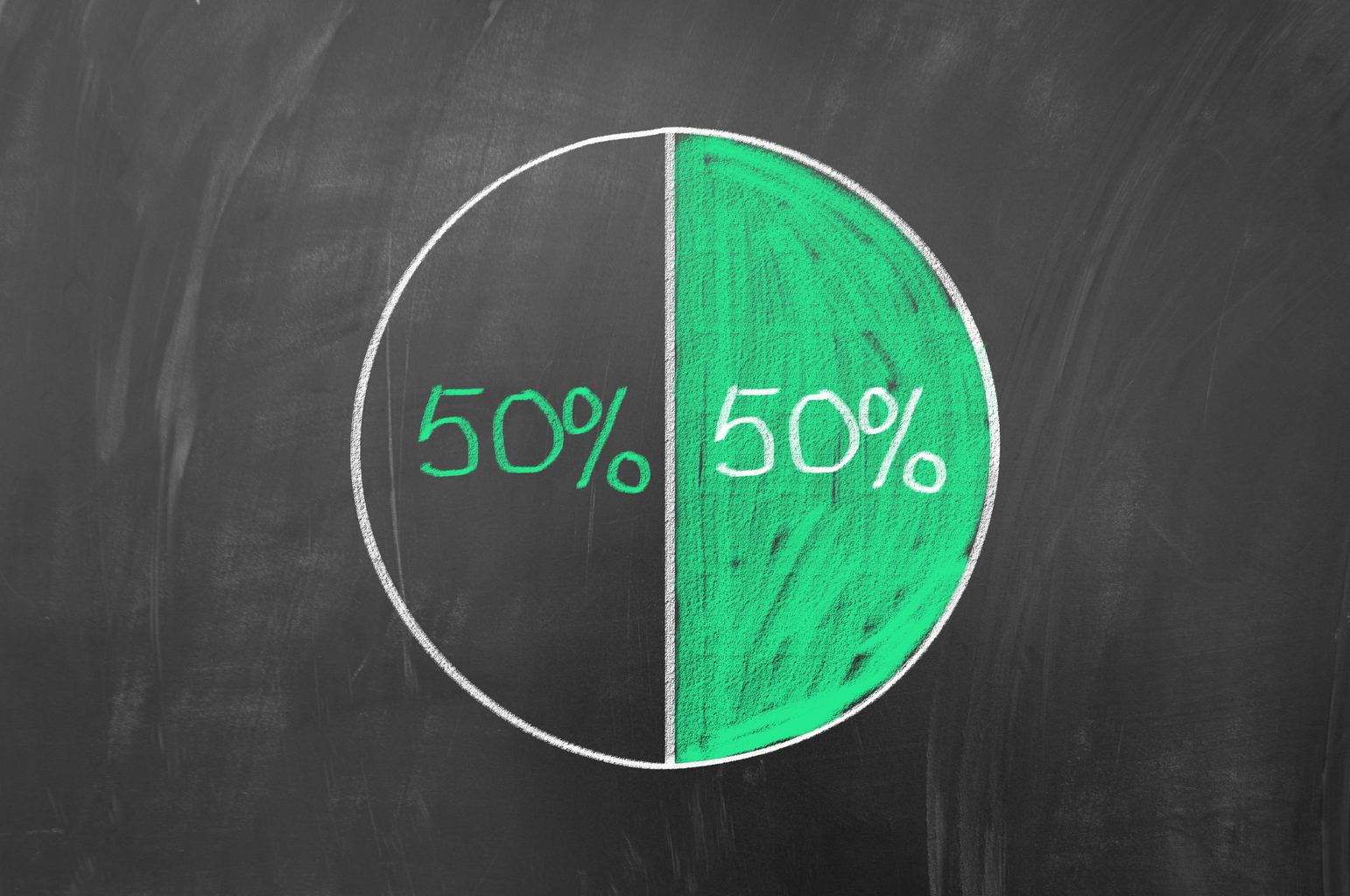2017: The Age of AI in Advertising
Artificial intelligence and machine learning are the cover-story technologies of the year. They evoke cities of tomorrow, cures for cancer, jokes about HAL and warnings about Skynet.
But we’ve also reached the tipping point where marketers and advertisers have begun to reap major benefits from AI. Consider that machine learning, able to uncover deep and meaningful patterns in large sets of data, is poised to offset the more than $7 billion in advertising spend lost to fraud in 2016.
Or that AI hands marketers the tools to defeat the perception of their campaigns as “annoying” or “intrusive,” while pushing back against the AdBlocker tide and waking consumers up from ad fatigue.
It can also dramatically reduce the time and cost of feeding a healthy creative optimal rate, continuously producing a volume of high-quality creative iterations necessary to keep consumers engaged.
And it makes teams and strategies more efficient and effective with actionable data and deep insight behind every decision in the continuum, from prospecting acquisition, engagement through customer advocacy. Welcome to the age of advertising AI.
PLEASE COMPLETE THE FORM
Major Challenges Faced by Today’s Digital Marketers
Thanks to the growth of the internet and the rapid advancement of technology, the advertising world has seen incredible innovation and change over the recent years.
Gone are the days when television ads and billboards ruled the advertising landscape. Instead, marketers have turned to digital marketing strategies to reach consumers, and they’ve had to constantly adapt as technology evolves at lightning speed.
Today’s digital marketers face several unique challenges that are making their job of generating leads and converting customers even more difficult.
Ad Fraud
Online ad fraud is big business. In fact, it is expected to cost more than $7 billion in advertising spend in 2016.
The largest ad fraud operation ever discovered was “MethBot” which raked in up to $3 million a day. It tricked ad networks into paying its scammers for “watching” videos on fake websites, using bots disguised as real users.
The Rise of Ad Blockers

In a study done by HubSpot and AdBlock Plus, over 90% of online users in the US and Europe find that ads are more intrusive today compared to two to three years ago.
In 2016, it’s estimated that there were hundreds of millions of people who use ad blockers. This widespread adoption of ad blockers is expected to result in $35 billion ad dollars lost by 2020.
The top reasons why they use ad blockers include finding ads “annoying and intrusive” and that ads were disrupting their online activities. However, all is not lost. The study also indicated that people are open to online ads as long as they were not disruptive or intrusive.
This means that today’s digital ad campaigns have to be highly relevant to an increasingly discerning online audience.
Poor Data Collection and Analysis
Marketers are collecting more and more data on customers and prospects, but the process of data gathering and analysis is often flawed.
Some of the most common challenges faced by marketers include turning data into insights and insights into actionable segments. While they have pointed to data collection and analysis as part of their top priorities to improve marketing, a large number of them struggle with making sense of it.
Complicated Ad Tech & Lack of Training
There are more marketing software options available today than ever before. A study by Chiefmartec.com shows that there were 3,874 marketing technology solutions in 2016, almost doubled from the year before.
However, more options mean marketers have to continuously spend a substantial amount of time learning how to use the latest software and platforms. As companies scale and new tools and tech crop up, training continues to be a significant challenge for marketers. This involves training on the concepts and tools they’ll be using every day, as well as training to analyze ROI and ensure teams are achieving their full potential.
Also, over 50 percent of marketers use 5 to 10 ad tech vendors. This makes coming up with a seamlessly integrated marketing strategy incredibly difficult.
Lack of Resources
At the foundation of all these problems is the simple fact that marketers don’t have the time, resources and expertise needed to effectively engage the full potential of online ad channels.
Ad fatigue is one of the major killers of online campaign performance, primarily due to lack of creative volume to feed a healthy Creative Optimal Rate (COR). Continuously producing sufficient high-quality creative iterations is time-consuming and expensive for many advertisers.
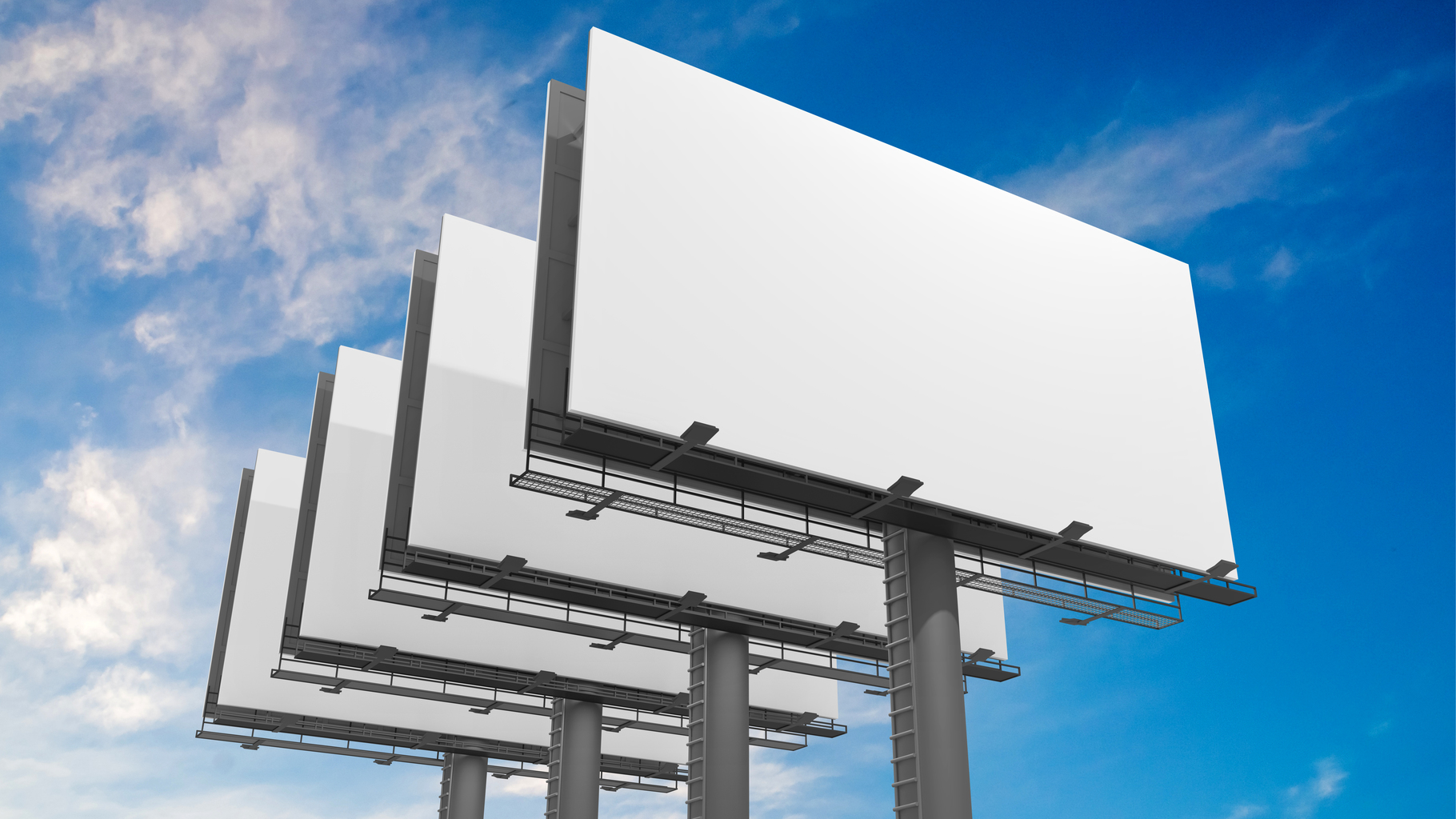
Also, most businesses find it tough to keep up with the effort needed to properly monitor, analyze and optimize their digital campaigns on a day-to-day basis.
Artificial Intelligence Is the Solution
While marketers face many tough challenges in today’s digital age, a technology is on the rise that is poised to make digital marketing easier and more effective. That technology is Artificial Intelligence (AI), and it is set to reshape the marketing landscape as we know it.
AI and Machine Learning
AI is the science of making computers perform tasks that require intelligence and reasoning which were formerly only undertaken by humans. It’s the latest buzzword in the tech world these days and conjures everything from delight at the thought of improving our quality of life to a Hollywood-fueled fear of robot sentience.
One of the most important forms of AI that is set to play an integral role in advertising this year is machine learning.
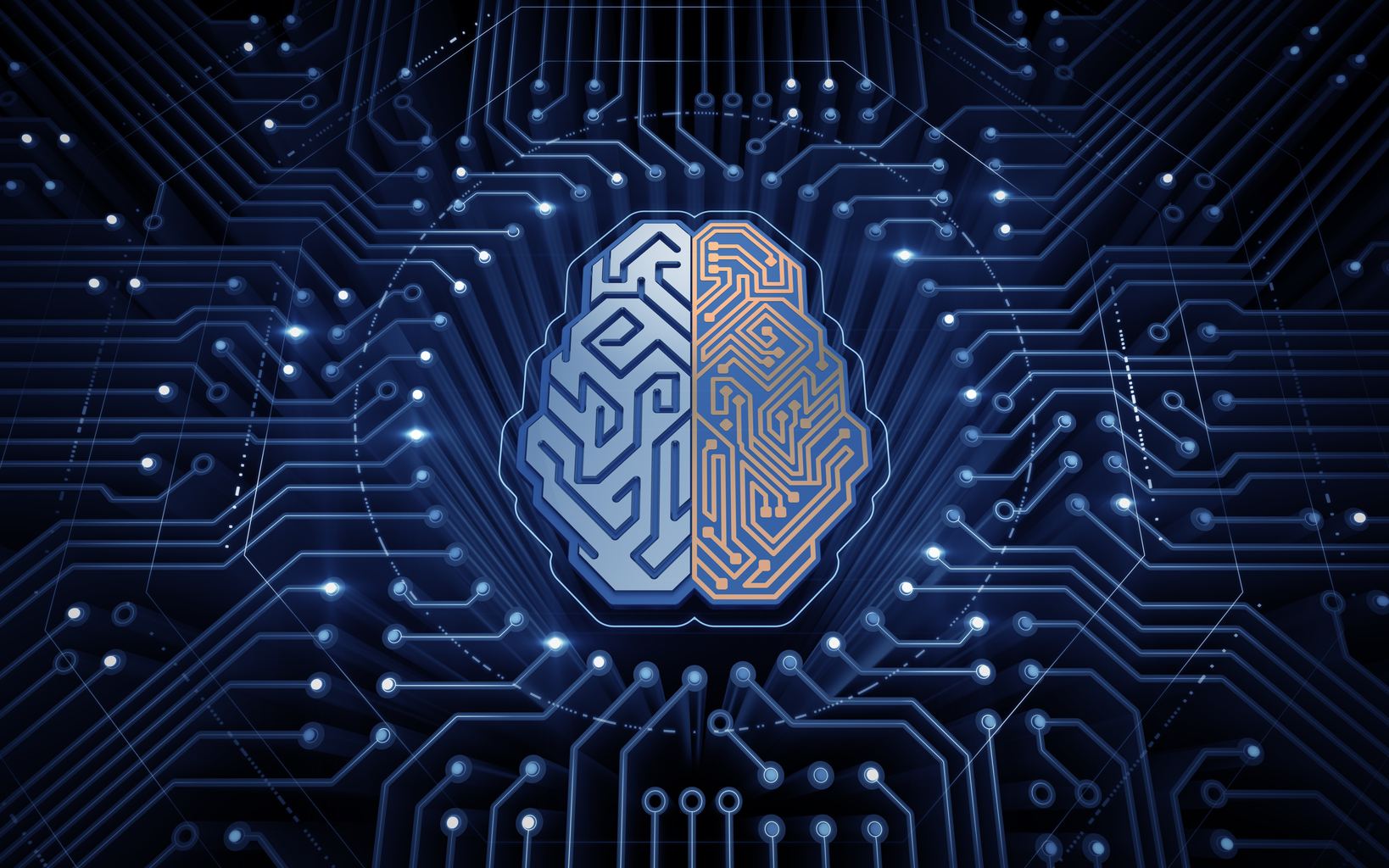
Machine learning is a subset of AI that gives computers the ability to learn without being explicitly programmed. Primarily, machine learning algorithms take the data they have been exposed to and adapt themselves based on that information. It is the technology behind things like self-driving cars, speech recognition and effective web searching.
Machines can handle and analyze quantities of data that humans would never be able to process. In marketing, the application of machine learning means using software to take advantage of Big Data to run smarter and more effective advertising campaigns.
The author of “The Master Algorithm”, Pedro Domingos, sums it up perfectly with “AI is the goal; AI is the planet we’re headed to. Machine learning is the rocket that’s going to get us there. And Big Data is the fuel.”
AI in Advertising
AI and machine learning have played an integral role in developing some of the world’s most exciting technologies. Similarly, they have also become inexorably linked with advertising. AI is the technology that drives marketing automation today. And it’s the technology that is ultimately affording marketers the ability to spend less time and money making better advertising decisions.
In the past, online ads were placed in locations like sidebars, banners and pre-roll videos, and internet users were forced to view them, whether they were interested or not.
As the on-demand culture grew, randomly placed internet ads became ineffective. People simply ignored or sidestepped them with technology like ad-blockers. In fact, as of 2015, there were more than 200 million active ad-blocking users globally.

Today, internet users want to see ads that are relevant to them, and they are more likely to respond to promotional material that takes into account their behaviors and taste.
By incorporating AI into marketing technology, companies can essentially start a two-way conversation with internet users. They can collect data about user behavior and engagement with ads to get a better understanding of what people are looking for or interested in. They can then use AI to analyze that data and, in turn, improve marketing efforts.
Machine learning technology is also incorporated into marketing technology to make ads more and more effective over time. Each time a new marketing effort is implemented, it is measured by AI, and the algorithm then improves upon itself. This makes an ad campaign more effective each consecutive time it is seen by an internet user.
The Current Uses of AI in Advertising
According to a Weber Shandwick survey in 2016, 68% of CMOs indicated that their companies either are or are planning for business in the AI era. 55% of CMOs expected AI to have a greater impact on marketing and communications than social media did.
Digital marketing is one of the many fields that AI is already having a significant impact on. The usage of AI in online marketing today is widespread, and businesses are already vigorously moving ahead with the adoption of AI technology.
The Fight Against Online Ad Fraud
Ad fraud is a multi-billion-dollar industry, and a significant portion of it occurs in programmatic advertising. It’s difficult for an advertiser to manually identify possible fraud cases because of the colossal amount of data that he will have to comb through.
This is where AI and machine learning can help – by analyzing big data, identifying fraud-sending traffic and eliminating it immediately.
Because AI is a self-learning technology, it can efficiently detect fraud by analyzing traffic ratios between impressions, clicks, conversions and the time between every action, based on past experiences of a specific advertiser or property. It can also detect the behavior from IP addresses by flagging those that are registering to a service an abnormal amount of times a day.
Large tech companies like Google are actively fighting ad fraud using sophisticated programming and a dedicated team. There are also companies like Forensiq that employ AI for automatic bot and proxy detection while a campaign is running. Forensiq combs through its user data in real-time to discover anomalies and hijacked devices.
Search
Google is one of the largest corporate sponsors of AI and has invested heavily in it for videos, speech, translation and most recently, search. In 2015, Google began rolling out a deep learning system called RankBrain which helps to generate responses to search queries. It is said to be responsible for a major part of the millions of queries a second on Google Search.
Microsoft Corp. announced in 2016 the formation of its AI and Research Group as part of their commitment to infuse AI into everything it delivers across computing platforms.
Targeted Advertising
Among Facebook’s many uses of AI includes using deep neural networks to decide which ads to show to which users. It derives meaningful insights about its users using machines so that they can be shown the most relevant ads. This gives Facebook a definite competitive edge against its competitors.

Remarketing
Google’s “Smart Lists” feature uses AI techniques to determine an advertiser’s most valuable website visitor characteristics, and it selects the top 15% of visitors that are most likely to convert on a subsequent visit. Advertisers can use these lists as part of their remarketing campaigns.
Sentient Technologies, a pioneer in intelligent commerce, has created an AI-powered personal shopping platform – Sentient Aware. Part of its features allows retailers to leverage buyer click behavior to influence email remarketing content. Each shopper and interaction are treated as a unique journey, and hence every email can offer genuinely personalized recommendations tailored for each recipient.
Programmatic Advertising

Programmatic advertising’s automated process of buying and selling ad inventory through an exchange uses AI and real-time bidding for inventory across all channels. AI is able to analyze the complexity of programmatic media buying in a way that is not humanly possible.
Programmatic advertising can be a godsend for marketing teams who struggle with analyzing and gaining insights from their marketing data since the software does the analysis and performs the appropriate response. Its automatic nature also helps teams who are overwhelmed by the complexity of marketing software.
Today, more than two-thirds of all digital display ad spending in the U.S. is spent on programmatic ads.
Interactivity
Chatbots and speech recognition only started to make a big impact on marketing in 2016. Now there are dozens of viable and sophisticated speech and chat interfaces that are being put to use in the marketing world.
Launched in October 2016, IBM Watson’s Watson Ads lets consumers interact with a brand via IBM Watson, by allowing them to ask questions via voice or text and receive highly personalized information about the brand’s advertised product or offering.
Content Generation
Forbes and Narrative Science are already using AI-backed natural language generation platforms to generate automated reports and news articles.
Currently, it’s possible to create small news pieces that involve compiling simple facts, which can be helpful from a content marketing standpoint if you are putting together interesting and informative content for users.
In 2015, M&C Saatchi unveiled an “artificially intelligent poster” for an outdoor campaign. Dubbed a “Darwinian” campaign, the poster was made to be able to read the reactions of its audience and adapt itself accordingly. From its initial “gene pool” of pictures and copy, 22 ads were created in each generation, with the poster assessing the level of success of an ad. If successful, a particular ad will move to the next gene pool and be part of the next generation. Those unsuccessful will be removed.
Predictive Advertising
Predictive analytics attempts to answer the question “what might happen in the future?” Machine learning technology teaches a computer to automatically uncover the factors that are driving a particular outcome. These relationships can be incredibly complex and include hundreds of possible causes, interactions and non-linear responses. If done properly, the result is a far more accurate predictive model that has the ability to automatically adjust and improve over time.
ReFUEL4’s AI-guided creative management platform provides advertisers with the ability to make intelligent selections of ad creatives to use for their online campaigns using predictive analytics. It also analyzes and predicts when creatives need to be refreshed to avoid ad fatigue – a major reason for declining campaign performance.
2017: Welcoming the Age of Advertising AI
AI already has widespread use in the realm of marketing, but we are predicting that 2017 is going to be the year in which advertising AI becomes more sophisticated and pervasive than ever before.
Content Creation Will Be Data-Driven, Automated and Personalized
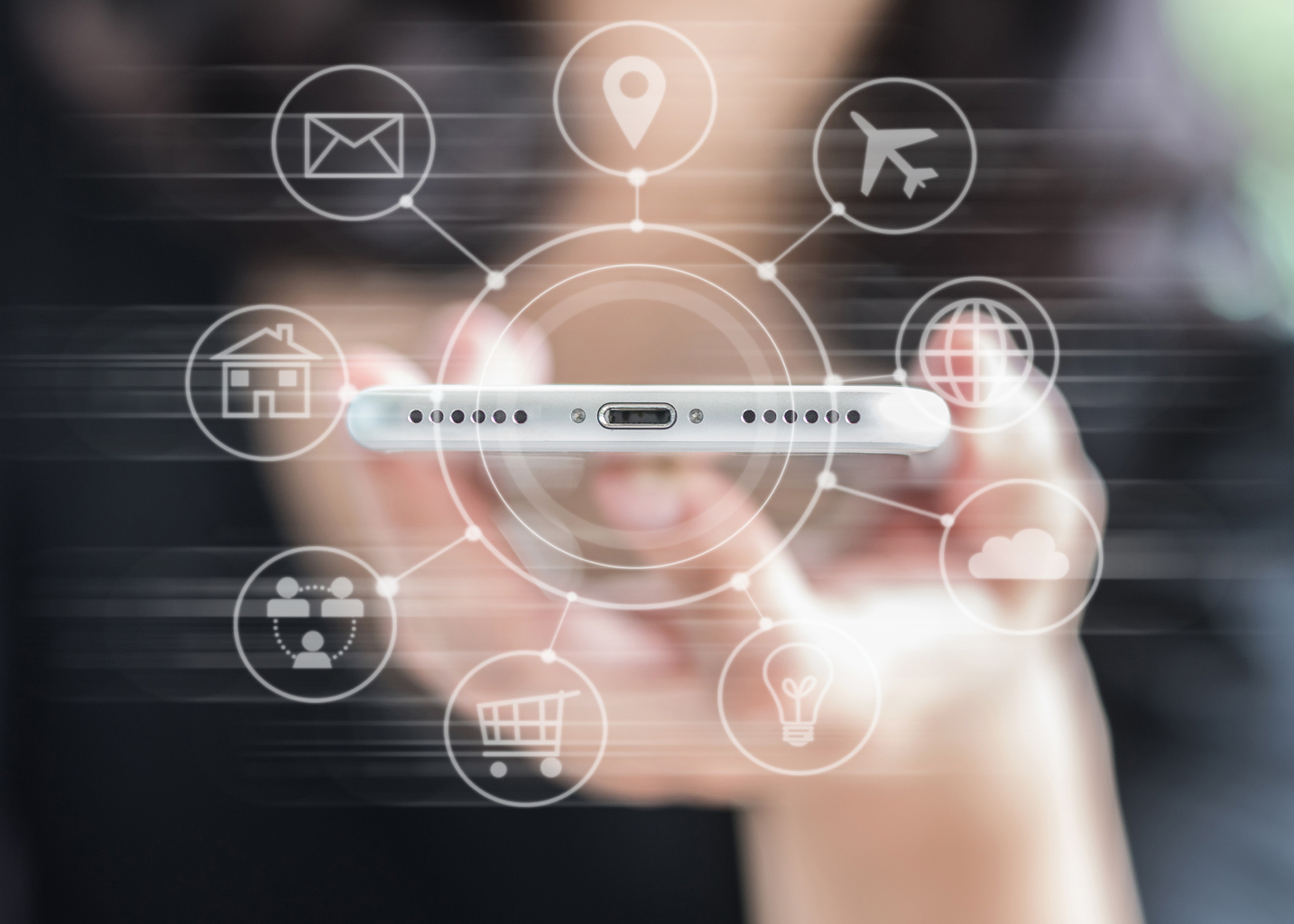
As mentioned before, automated AI-driven content generation is already happening, but it’s only going to get more advanced and sophisticated. Expect to see more data-driven news articles, whitepapers, blog posts, emails, videos and ads created automatically using AI and machine learning technologies.
One of the most exciting developments to watch out for will be automated ad creative iteration. This means that AI can automatically create different versions based on an initial ad design and these can be used to target different audiences within the same campaign.
Gender morphing, shape morphing, image color adjustment, style changes and depth of view changes are some of the ways ad creatives can be modified automatically using AI.
Ad Relevance Will Improve
As advancements are made in natural language processing, bots will be better positioned to understand the context of content on a page. This contextual information will also be matched against users’ past trends and behaviors to serve the most relevant ad.
Among Facebook’s numerous AI and machine learning related aspirations, it wants to understand the meaning of posts, stories, comments, images and videos published in the news feed. In turn, it stores that information to improve ad targeting and increase the relevance of user news feed content.

Also, AI-backed sentiment analysis across social media will play a bigger role in creating ads that are highly targeted and relevant.
Predictive Analysis Will Get Bigger and Better
AI is expected to significantly influence the decision making processes involved in all stages of an ad campaign from planning to pre-production and campaign launch. Decisions will be highly performance-based using insights from AI that can predict the best combination of media buy, targeting and creative design to bring about the best results. This means we will be able to know during the campaign pre-production stage what we used to know only during the campaign post mortem stage.
The creative process will be increasingly informed by AI during the ideation stage. Designers can be informed by AI-fueled insights on creative direction that will produce the best desired results for each target audience, even before they start drafting the designs. This enables a more efficient process where designers already know the ideal combination of elements such as colors, objects, styles and shapes that they should use in their work.
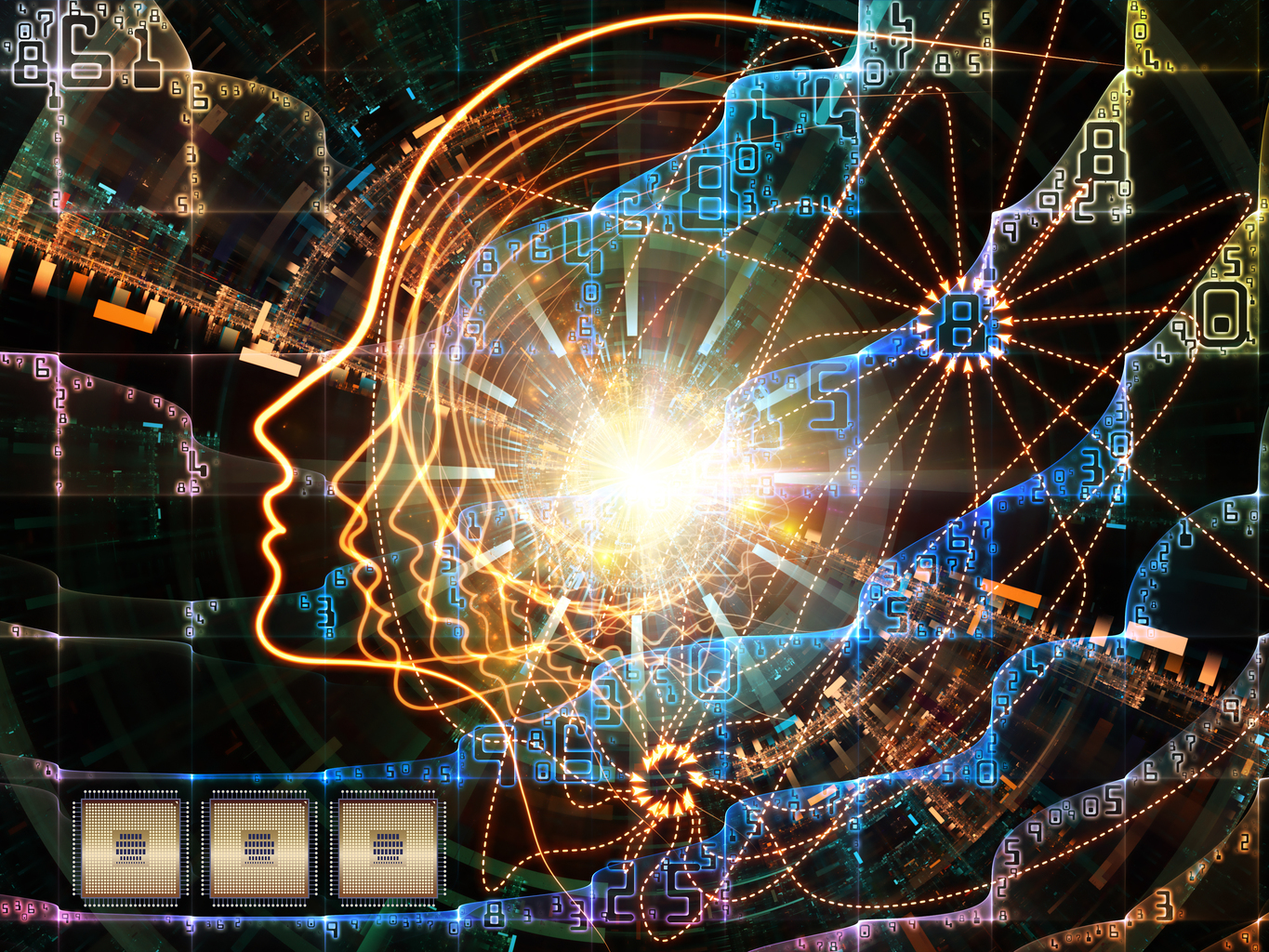
Soon, AI can even be expected to predict consumer buying behavior based on upcoming life events such as anniversaries, graduations, birthdays or just the fact that it’s time to stock up on milk in the fridge.
Ads will become super targeted and customized to each individual’s inclinations, needs and predicted behavior.
The Creative and Media Gap Will Be Bridged
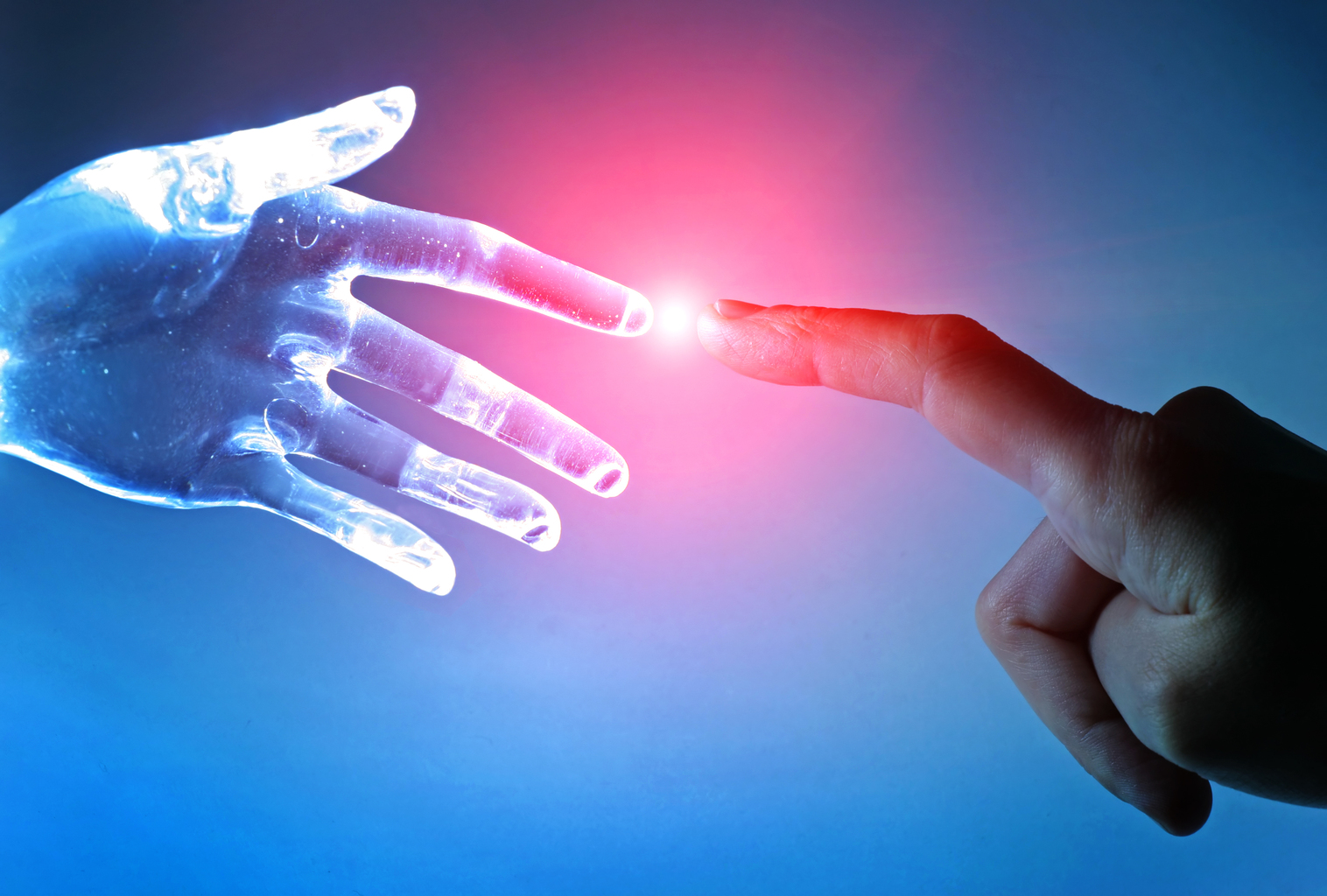
Traditionally, the creative process takes weeks, even months, to come to fruition. And the concept of agility isn’t often associated with the creative development process. Today’s media moves at lightning speeds and demands a level of nimbleness that is often unattainable without the help of technology.
AI and automation will provide the much needed bridge that drives a sustainable creative process, reducing the gap between creative and media. As illustrated above, this will be achieved through a more performance-driven and efficient creative development process resulting in a forward-thinking approach to ad campaigns.
AI: The Next Big Thing in Advertising
In 2017, expect more advertisers to rely on AI and machine learning to help them run smarter ad campaigns. In return, they will enjoy savings in time, resources and reduce media spend wastage while achieving better campaign performance, improved user experience and deeper connections with customers.
Ultimately, AI is going to make marketing more efficient and free up time for marketers to perform human tasks that will, perhaps, never be fully executable by a machine.
About the Company
ReFUEL4 is the world’s leading AI driven creative platform. ReFUEL4’s SHAKA AI automatically manages campaign creative refresh using our industry redefining Creative Optimal Rate - the optimum refresh rate for maximum campaign performance.
A Facebook, Instagram and Snap partner, ReFUEL4 delivers quality ad designs from our global pool of more than 10,000 top designers. Using our platform, advertisers for the first time have access to predictions of ad performance, and can view real time data of ad creatives across multiple media platforms.
Want to know if your ad creatives are going to work?
Use our free AI-powered ad analyzer to see if your creatives are going to perform.

